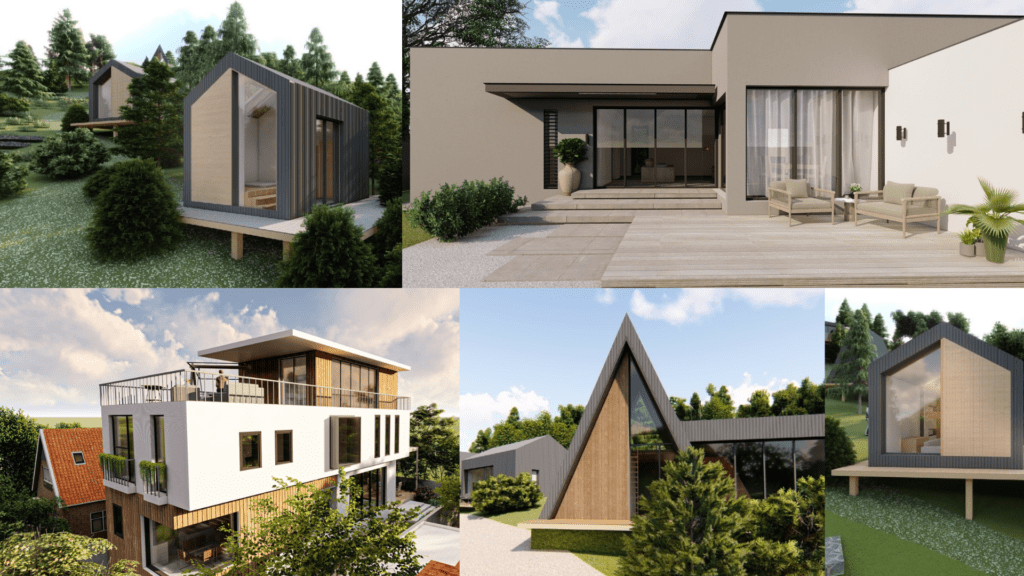In a world where natural resources are becoming increasingly limited and concerns about climate change are rising, the concept of tiny houses becomes an attractive and eco-friendly alternative for housing. These micro-homes not only address the need for smaller living spaces but also provide a sustainable and environmentally friendly option for dwelling. This article explores the concept of eco-friendly and sustainable tiny houses and highlights how they contribute to a greener future.
Tiny Houses: Small But Efficient
Tiny houses are compact dwellings with a total floor area generally under 400 square feet (37 square meters), ingeniously designed to offer all the amenities and comforts of a traditional home. They can be built on wheels or fixed foundations and are characterized by efficient space utilization and minimalist design. But what makes them eco-friendly and sustainable?
Use of Sustainable Materials: During the construction phase of tiny houses, special attention is often given to using durable and recyclable building materials. These homes are frequently constructed using wood and low-carbon footprint building materials, thereby minimizing their impact on natural resources and contributing to environmental conservation.
Energy Efficiency: Thanks to their compact design and quality insulation, tiny houses are known for remarkable energy efficiency. This translates into easier heating during cold seasons and cooling during warm seasons, leading to significantly reduced energy consumption for climate control.
Utilization of Renewable Energy Sources: A considerable number of tiny house owners choose to incorporate renewable energy sources such as solar panels or wind turbines to ensure a clean and independent energy supply. These solutions offer an attractive option to reduce dependence on traditional energy sources and contribute to environmental protection through the use of renewable energy.
Water Management: In efforts to reduce the consumption of potable water, tiny houses may integrate greywater recycling systems from sources like bathrooms and kitchens and include rainwater harvesting systems. These initiatives aim to conserve water resources, thereby reducing pressure on them, and promote a responsible and sustainable approach to water management, ensuring its rational and efficient use.
Benefits of Eco-Friendly and Sustainable Tiny Houses
Reduced Environmental Impact: Tiny houses are designed to generate fewer construction wastes and have a lower carbon footprint compared to traditional homes.
- Reduced Environmental Impact: Tiny houses are designed to generate fewer construction wastes and have a lower carbon footprint compared to traditional homes.
- Financial Savings: The smaller size of tiny houses means lower construction costs and reduced monthly bills for utilities and maintenance.
- Mobility and Freedom: Mobile tiny houses offer the freedom to explore new places and travel while still having all the comforts at hand.
- Environmental Awareness: Tiny house owners often become more aware of limited resources and develop more sustainable habits.
In conclusion, eco-friendly and sustainable tiny houses represent a smart and viable solution for those who want to live more responsibly towards the environment and simplify their lifestyle. These small homes exemplify that comfort and sustainability can coexist harmoniously, playing a significant role in shaping a greener and healthier future for society as a whole.









